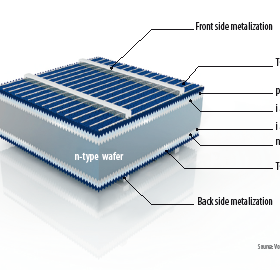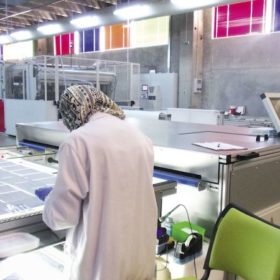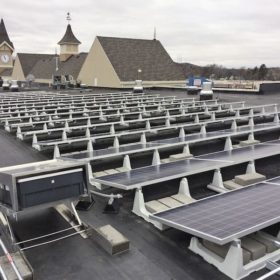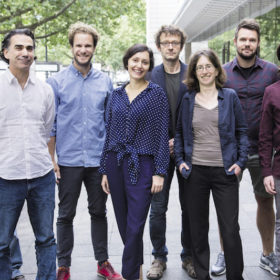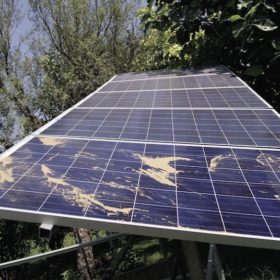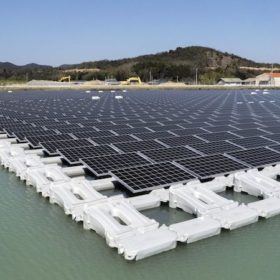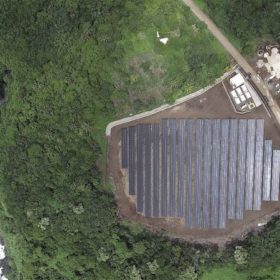Momentum builds for HJT
Cell production: While an inherently conservative business, PV cell production has evolved greatly in terms of cost and efficiency. Heterojunction cell architectures represent more of a step change, when compared to the PERC investment cycle currently underway. In this first of a two part HJT focus, pv magazine speaks to some of the leading technology providers for the high efficiency concept.
DEGER: an introduction
Solar trackers: The solar tracking market has never been more competitive or confident. As the solar industry grows, trackers are becoming a more vital component of ground-mounted PV plants. Here, Germany’s DEGER talks about tracking technology, the industry, and their own journey of innovation.
Prodding new markets
Module assembly: As solar PV becomes more accessible and affordable across the globe, more nations are turning to local PV manufacturing in a bid to stimulate the development of their renewable energy markets. Against the backdrop of tightening competition and rising quality expectations, pv magazine sheds light on emerging solar module manufacturing locations and their chances against mayor upstream PV hubs.
Retrofit for purpose
Junction box potential: Recent safety regulation updates in the U.S. and Europe could render vast swathes of rooftop solar installations non-compliant with new fire codes, potentially opening up a retrofit market for providers of components that can make arrays compliant. One cost-effective approach could well be the replacement of older junction boxes with newer, more sophisticated devices.
Building to become more competitive
India manufacturing: India will soon become the world’s third-largest solar market, surpassing Japan for annual installations. However, it has reached these heady heights on a foundation comprised of largely imported solar components from China, while the domestic manufacturing market remains underdeveloped. How might this change in the near future?
Revolving and sliding doors
It’s very much a case of deja vu. There’s something eerily familiar to the coming together of solar manufacturers, industry representatives and downstream participants with government officials, and diplomats in Washington DC that is currently underway as the pv magazine editorial puts the finishing touches to this bumper edition. The meeting is a result of […]
PID, soiling and module degradation in hot climates
PID in India: In the cost-conscious Indian solar sector, ensuring reliable power output should be the number one priority. However, an example of one solar farm suffering from the ill-effects of under-performing modules, installation malpractice and unsatisfactory maintenance shows how corner cutting from the outset is more damaging in the long run.
Out on the water
The rise of floating PV: Floating solar power solutions have emerged from a niche oddity to mainstream baseload; the latest Chinese tender set covers 1 GW worth of projects, potentially the new normal for FPV. Indeed, Ciel & Terre, the current market leader, says there could be 3 GW of FPV by 2020, per analysts’ predictions.
Developing a nose for performance
Monitoring: Having picked up a 2017 DSM SunRISE TechBridge Challenge award in June, SunSniffer is taking aim at the U.S. market, with its intelligent PV power plant monitoring system. While he hits on a number of buzzwords within the 2017 solar sector, not least digitization, SunSniffer CEO Ingmar Kruse says that there is a strong technological basis and financial case underpinning the solution.
Large-scale disruptor
Utility-scale storage: Past deployment has been steady, but 2017 appears to be the year large-scale battery storage begins achieving its disruptive potential. French developer Neoen is teaming with Tesla to deliver a 100 MWh storage array to strengthen the South Australian grid – which must be in place and installed by the time the summer peak electricity demand arrives.
